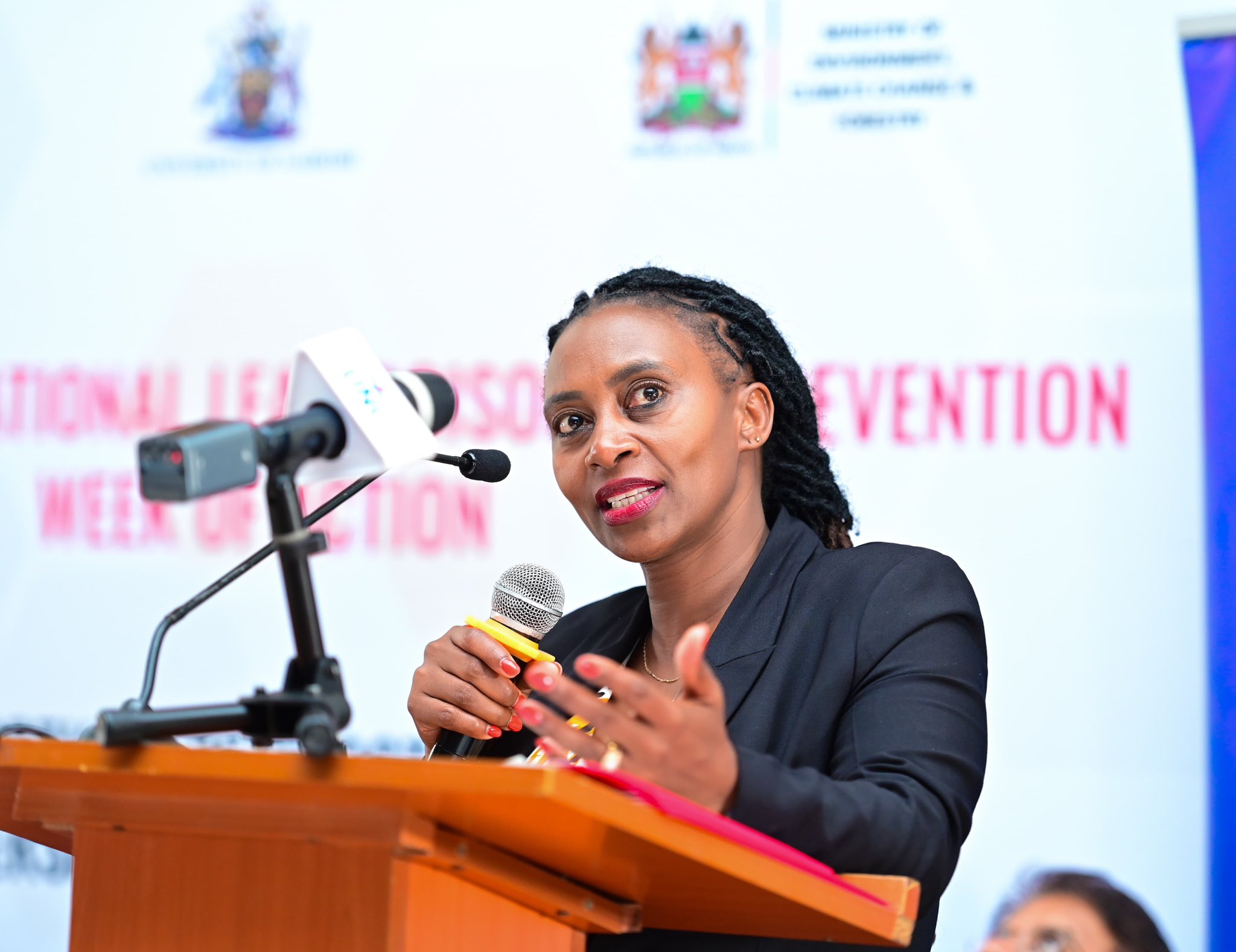

The government, through the Ministry of Health, has initiated the process to regulate the cosmetic surgery industry in the country through a nationwide crackdown targeting non-compliant facilities.
Public Health and Professional Standards PS Mary Muthoni says it follows the recent tragic death of a city woman due to complications from a cosmetic procedure offered at a city clinic.
The PS said a joint team of health regulators led by the Kenya Health Professions Oversight Authority has identified 34 plastic surgery centres and 126 beauty and medical spas in Nairobi, Nakuru, Eldoret and Mombasa, which are scheduled for a thorough assessment.
She said the goal is to ensure all facilities providing invasive cosmetic procedures meet the required standards for safe and quality care.
Those found to be non-compliant risk penalties, the PS warned.
“These inspections will check that the facilities are following safety guidelines and ethical practices and that they are staffed by qualified professionals. Facilities that fail to meet these standards will face strict penalties, including possible closure and legal action.”
A city woman, 47, developed multiple complications two days after she underwent a 360-degree liposuction and Brazilian Butt Lift (BBL) procedure on October 16, 2024, at a city facility.
She began experiencing severe complications, including chest pain, difficulty breathing and abdominal pain.
Liposuction is a popular cosmetic
surgical procedure in the beauty world which involves the removal of excess fat
from specific areas of the body such as the stomach, arms, neck, hips, thighs
or buttocks until a desired body shape is attained.
The cosmetic surgery procedure, roughly estimated to cost as low as Sh50,000 to Sh350,000 or above in Kenya depending on areas to be worked on, can be dangerous.
Side effects may include fluid accumulation, damage to nerves, blood vessels, muscles, lungs and abdominal organs, deep vein thrombosis (blood clot), cardiac and pulmonary complications as well as change in skin sensation.
In a detailed report on November 3, Chief Government Pathologist Dr Johansen Oduor said that an autopsy examination revealed that the woman’s death on October 26, exactly 10 days after she underwent the procedure, resulted from severe sepsis and peritonitis.
Subsequent treatments at different facilities to correct complications from the initial surgery failed.
She suffered extensive internal complications, including lung oedema, fat necrosis in the abdominal cavity and widespread inflammation.
Oduor said her abdominal wounds developed sepsis and were oozing fluid; her liver also showed signs of fatty degeneration and her heart was enlarged, indicating that she suffered systemic stress caused by infection or physical trauma.
PS Muthoni extended condolences to the deceased family and reaffirmed the government’s commitment to strengthen regulatory measures to prevent such incidents in the future.
She said it’s incumbent upon healthcare providers to strictly follow health regulations, prioritise patient safety and uphold ethical practices.
“We also urge the public to be cautious and to only seek services at licensed facilities staffed by certified professionals for any medical or cosmetic procedures,” the PS said.


![[PHOTOS] Ruto at Pope Francis' burial](/_next/image?url=https%3A%2F%2Fcdn.radioafrica.digital%2Fimage%2F2025%2F04%2F844cb891-abd4-4ee5-bc2d-2a0c21fa3983.jpeg&w=3840&q=100)







